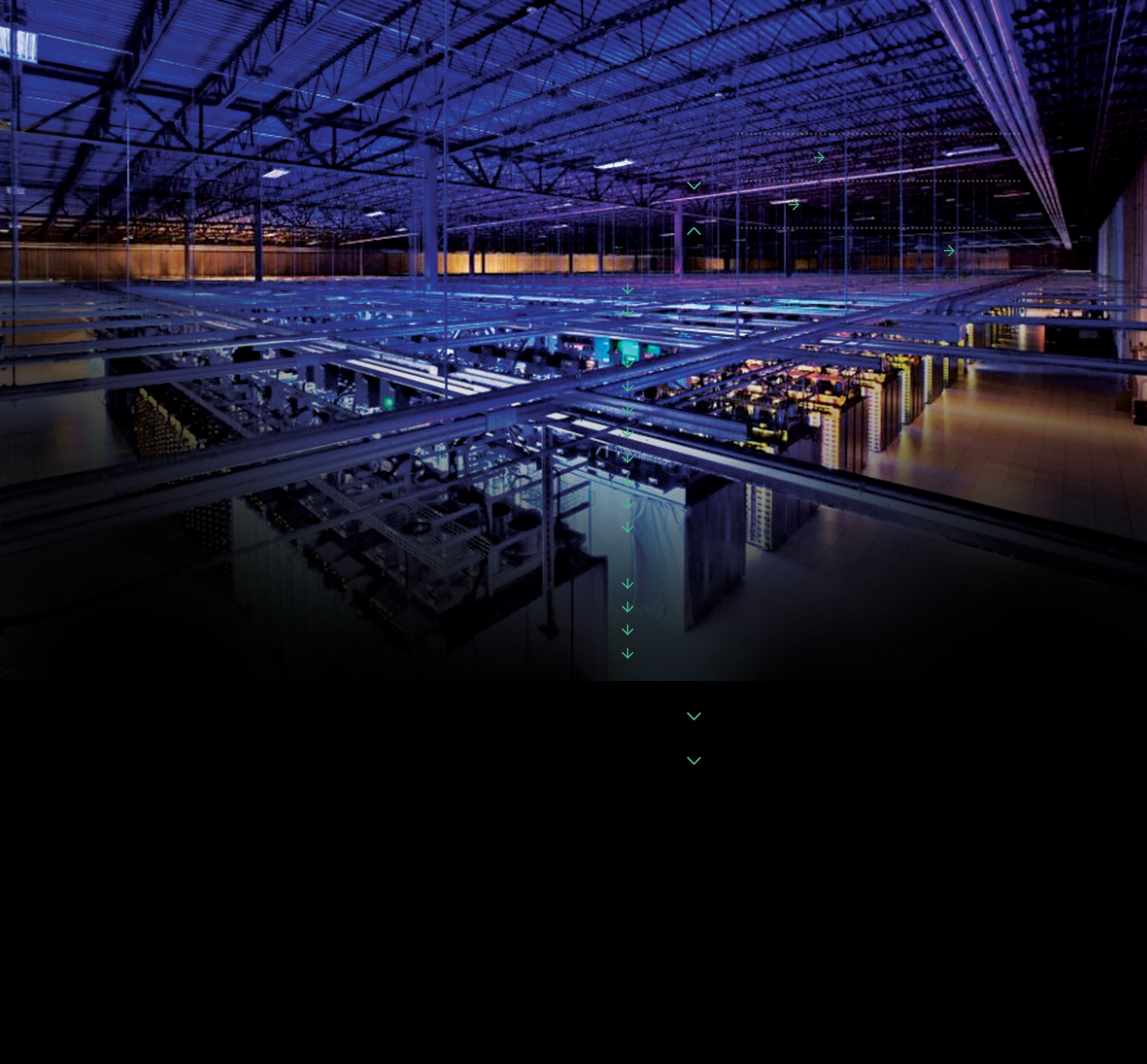How does HFC-227ea (a.k.a. FM-200, FE-227) and Halon 1301 work?
HFC-227ea (a.k.a. FM-200, FE-227):
HFC-227ea's mechanism of extinguishing fires is active. Its primary action is through physically cooling the fire at the molecular level. HFC-227ea belongs to the same class of compounds used in refrigeration, and as such is an efficient heat transfer agent. HFC-227ea literally removes heat energy from the fire to the extent that the combustion reaction cannot sustain itself.
Additionally, there is a chemical extinguishing action contributed by HFC-227ea. Trace amounts of free radicals are released in a fire, ultimately inhibiting the chain reaction of combustion.
Halon 1301:
Three things must come together at the same time to start a fire. The first ingredient is fuel (anything that can burn), the second is oxygen (normal breathing air is ample) and the last is an ignition source (high heat can cause a fire even without a spark or open flame). Traditionally, to stop a fire you need to remove one side of the triangle - the ignition, the fuel or the oxygen. Halon adds a fourth dimension to fire fighting - breaking the chain reaction. It stops the fuel, the ignition and the oxygen from dancing together by chemically reacting with them. Many people believe that halon displaces the air out of the area it is dispensed in. Wrong! Even for the toughest hazards, less than an 8% concentration by volume is required. There is still plenty of air to use in the evacuation process.


